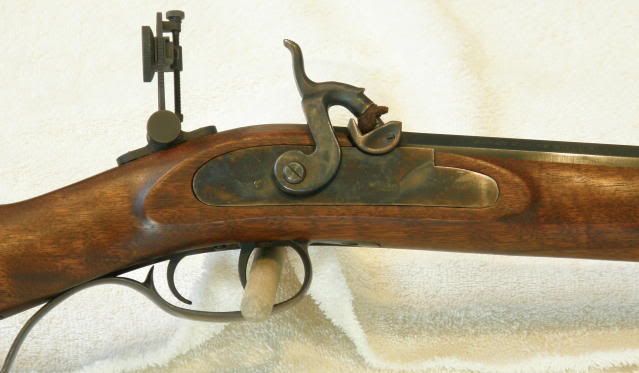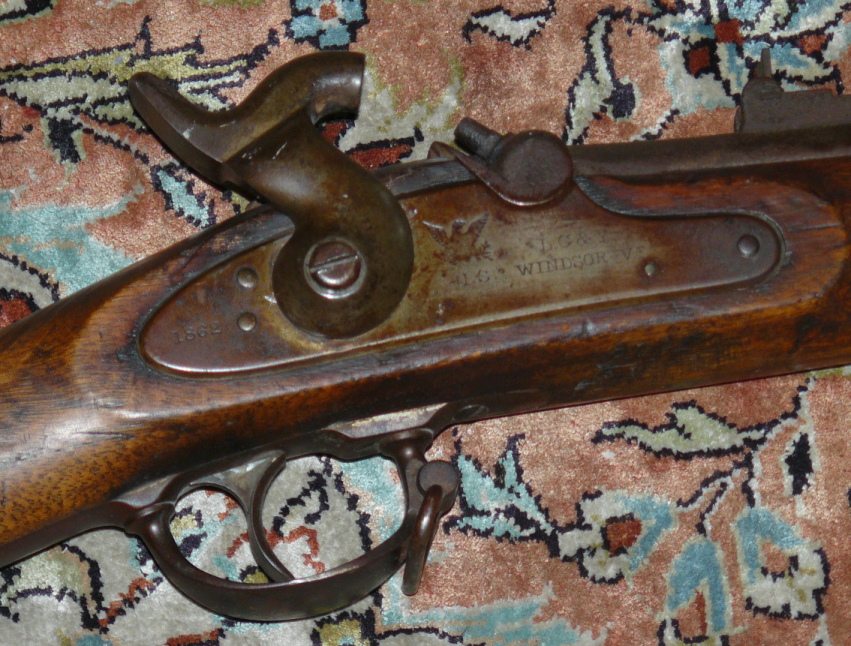The GPR has a cleanout screw for the percussion "snail". The screw is simply a set screw type design with a female Allen head receptacle on one end. When I purchased the rifle (used), the screw appeared to only be tightened part way. About 1/2 of the threads were exposed. After removing the screw for cleaning, I noticed that the screw easily goes in deeper before meeting any resistance.
My question is: Does the depth of the screw have any impact upon ignition when the cap is popped? I would prefer that the screw be fully seated; but I don't want to do it if there is some reason why the previous owner left it protruding part way. I cannot find anything in the Lyman user manual that addresses this point.
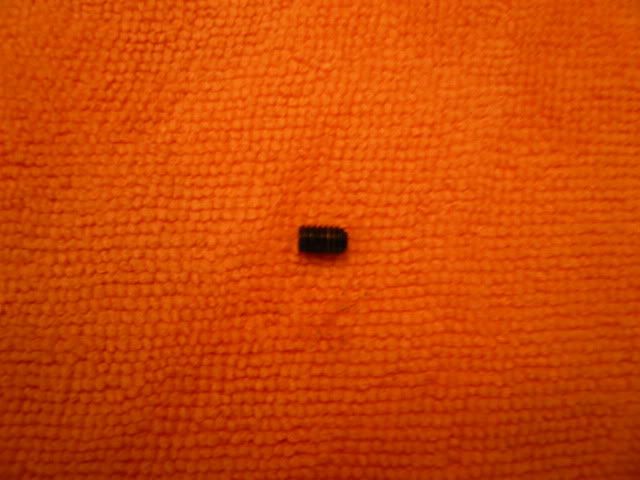
The cleanout screw as installed by previous owner.
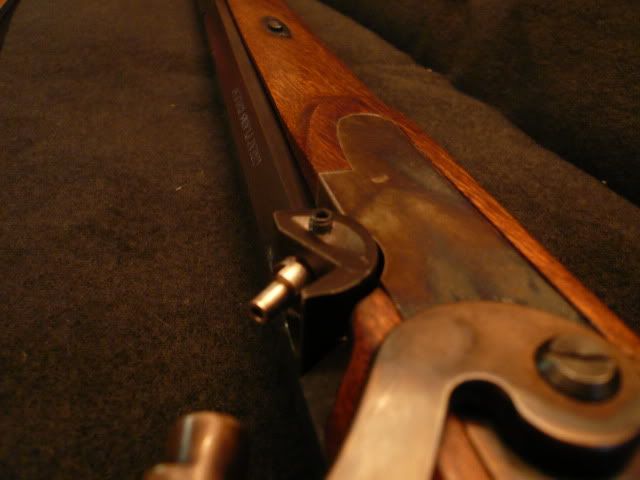
The cleanout screw installed fully seated
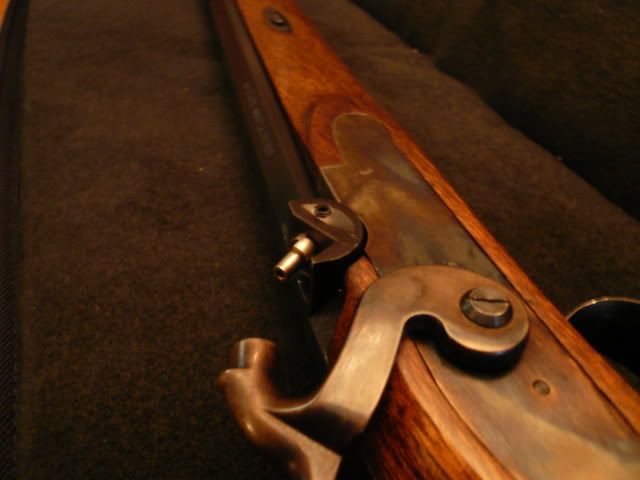
My question is: Does the depth of the screw have any impact upon ignition when the cap is popped? I would prefer that the screw be fully seated; but I don't want to do it if there is some reason why the previous owner left it protruding part way. I cannot find anything in the Lyman user manual that addresses this point.

The cleanout screw as installed by previous owner.

The cleanout screw installed fully seated


)/imgPart/lyman-gpr-right-percussion_5.jpg&sa=X&ei=o55BTdHFNoL_8AbK7Pi3AQ&ved=0CAQQ8wc&usg=AFQjCNHUVZXh1zdXTjAAFlCwt0ys_WPNkg)
